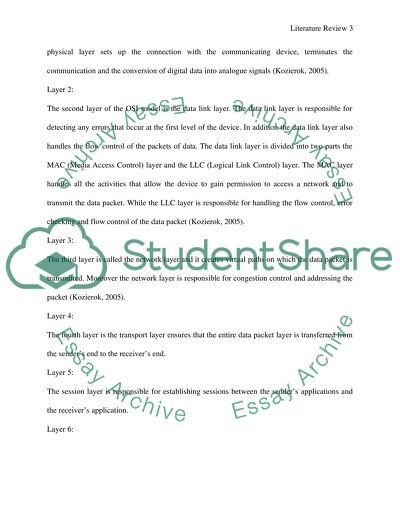Cite this document
(“Network Design management (Dissertation) Literature review”, n.d.)
Network Design management (Dissertation) Literature review. Retrieved from https://studentshare.org/information-technology/1481158-network-design-management-dissertation
Network Design management (Dissertation) Literature review. Retrieved from https://studentshare.org/information-technology/1481158-network-design-management-dissertation
(Network Design Management (Dissertation) Literature Review)
Network Design Management (Dissertation) Literature Review. https://studentshare.org/information-technology/1481158-network-design-management-dissertation.
Network Design Management (Dissertation) Literature Review. https://studentshare.org/information-technology/1481158-network-design-management-dissertation.
“Network Design Management (Dissertation) Literature Review”, n.d. https://studentshare.org/information-technology/1481158-network-design-management-dissertation.


